Agri-voltaics is one of the most interesting and most highly considered systems within the energetic policy development of all European countries, as it allows for dual production, such as energy production and agricultural cultivation, by making use of large areas.
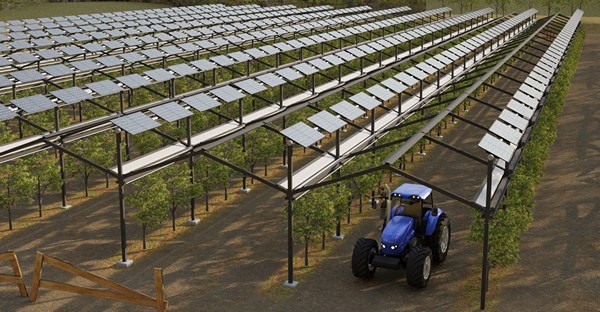
It is a new and reliable system that sustains cultivation because it consists of metallic structures up to 6 meters high, which enable solar energy production, the ability to carry out agricultural activities and the use of mechanical means.
In recent months, the MiTE (Ministry of Ecological Transition) has published guidelines of this system's implementation. Among the agri-voltaic systems, the most advanced ones have been identified, defined as advanced, because they can, among other things, also protect crops from the weather, recover rainwater and monitor plant growth.
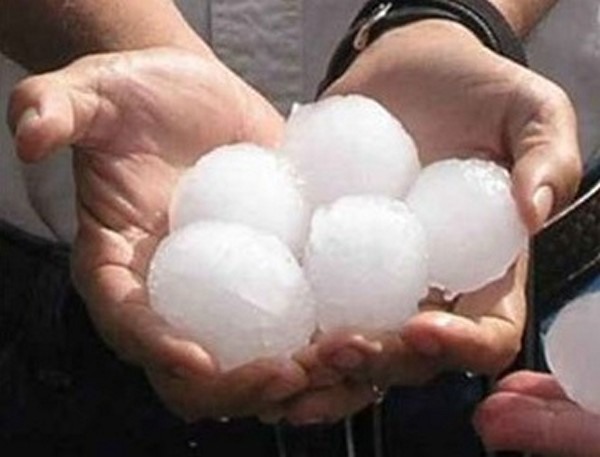 Indeed, climate change in recent years has highlighted the serious issue of loss of agricultural production due to heavy hailstorms, wind, water bombs and scorching temperatures that burn crops and fruit.
Indeed, climate change in recent years has highlighted the serious issue of loss of agricultural production due to heavy hailstorms, wind, water bombs and scorching temperatures that burn crops and fruit.
The Apulian company Oliva Service markets innovative advanced agri-voltaic systems. We spoke directly with the owner, Angelo Amato. "Today it is possible to choose from a number of agri-voltaic system alternatives, based on the need to protect crops from the weather (especially fruit and vegetable crops) with regard to energy production capacity."
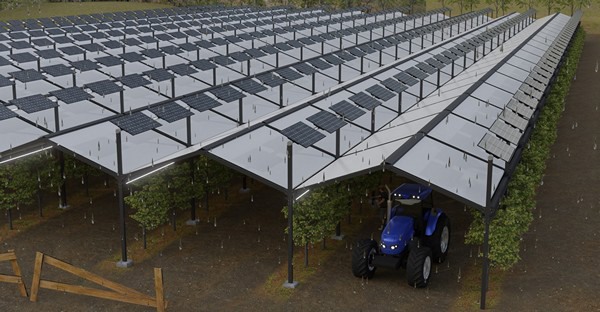
"Our system - defined as high plant protection and medium energy production - allows us to preserve the integrity of crops that are particularly exposed to hailstorms, strong winds and scorching sun, and to produce up to 400-500 kw of power per hectare. We are referring, for example, to table grape, tomato, kiwi or pomegranate crops."
The metal support structure reaches heights of up to 6 meters and is equipped with a separate system between the one dedicated to energy production and the one for plant protection. "In the upper part," continues Amato, "solar panels move, chasing the sun, while in the lower part, a system of curtains with innovative fabrics opens when the weather arrives, protecting the plants and controlling shading. The fabrics retain ultraviolet rays and let in only the amount of light needed by the plant."
The agri-voltaic plant - defined as medium plant protection and high energy production - is made up of steel and aluminum structures up to 4 meters high, which support an innovative system of semi-transparent laminated glass panels - pictured at side - containing very powerful photovoltaic cells, capable of up to 1,000 kw of solar output per hectare.
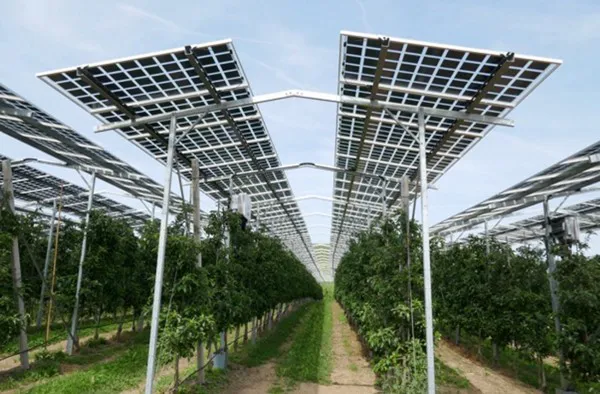 Agri-voltaic system built by Oliva Service in Austria
Agri-voltaic system built by Oliva Service in Austria
"The panels provide good protection for the plants from the weather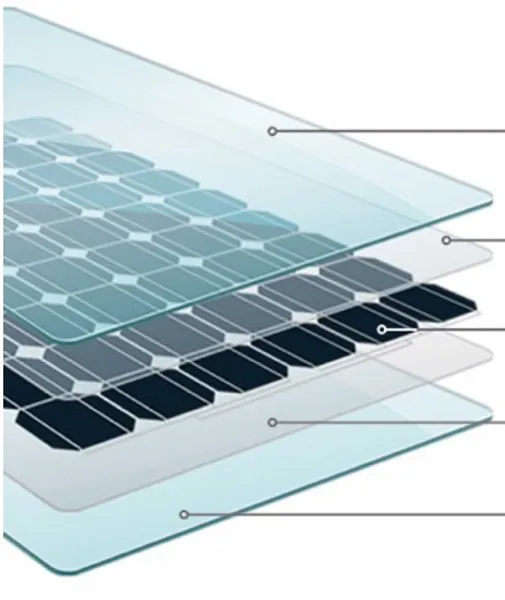 and allow rainwater to be recovered and stored. Light penetrates under the panels, making it possible to grow a wide range of vegetables and fruit trees including table grapes, berries, pears, apples, kiwi, pomegranate, citrus and many others."
and allow rainwater to be recovered and stored. Light penetrates under the panels, making it possible to grow a wide range of vegetables and fruit trees including table grapes, berries, pears, apples, kiwi, pomegranate, citrus and many others."
Finally, the Oliva Service company offers a vertical double-sided solar panel system with high energy production, which is particularly suitable for growing vegetables and plants up to a height of 1.5 meters.
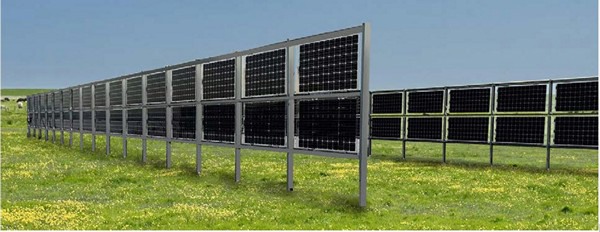 Vertical and bifacial panels
Vertical and bifacial panels
"Agri-voltaics is a great way for farms to supplement their income, because it allows them to be able to feed and sell energy into the grid. Based on the incentives that may be granted by the government, one hectare of agri-voltaic plant can produce an annual income of more than 300,000 euros, especially in southern Italy, where there are more hours of sunshine available. We offer a wide range of machines for processing agricultural fruit and vegetable crops in agri-voltaic systems, such as those for the production of fruit juices, jams, for drying, for packaging, up to those for the production of oils from seeds for cosmetic uses,” concluded Amato.
For more information: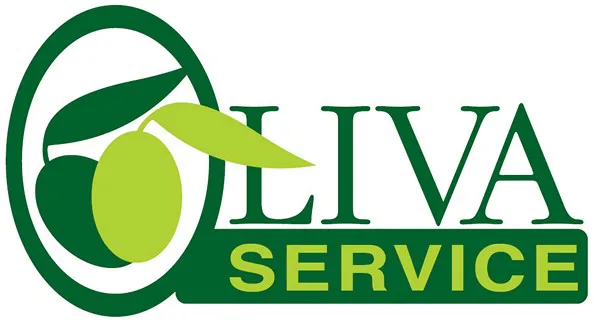
Oliva Service
Via Perugia, 7 - 73100 Lecce
+39 0832/391652
+39 348/7849932
olivaservice@alice.it
www.olivaservice.it
